Wintersemester 2020/2021, BA/MA Produkt-Design
the (in)visible hand
Welche Akteure und Kräfte wirken, wenn Material Gestalt annimmt? Analoge und digitale Werkzeuge, die menschliche Hand, aber auch äußere und materialimmanente physikalische, chemische oder biologische Faktoren. Wie weit kann ihr Wirken am Resultat der Formungsprozesse ablesbar sein?
Wir suchten nach der Schnittmenge zwischen keramischer Material-Realität und digitaler Welt und fragten nach der Unschärfezone zwischen Null und Eins. Während es in der Informatik hier ein klares entweder oder gibt, ist die materielle Welt nicht binär. Wie realisiert sich digitaler Code im Material?
Wir wollten herausfinden, wie das Material ihm mit einer gewissen Unschärfe oder auch Eigenwilligkeit folgt und seine eigene ästhetische Qualität hinzufügt. Dabei setzten wir uns besonders mit den Tiefen der Oberfläche aus und dem Zusammenwirken von Geometrie und Textur, keramischer Masse, Glasur und Transluzenz.
Im Projekt haben wir eine Reihe handwerklicher keramischer Techniken erprobt und mit digitalen Werkzeugen kombiniert, beginnend mit dem Gießprozess, mit unterschiedlichen 3D-Scan-Verfahren über keramischen 3D-Druck bis zu hochpräzisen innovativen Formgebungsprozessen. Als (erste) Inspiration dienten uns Texturen, Geometrien und Phänomene, die wir an Fundstücken aus der Natur entdeckten und an die wir uns über eine Reihe von Prozessschritten forschend annäherten.
Ergebnis des Projekts konnten Material- und Prozessexperimente, spekulative Vorschläge oder auch Produktentwürfe sein. Wichtig war, dass neue Möglichkeiten keramischer Materialien an der Schnittstelle von analogen und digitalen Techniken im Kontext nachhaltiger Gestaltung ausgelotet wurden.
1. Projektphase – tools and forces (Erkundung des Zusammenwirkens von analogen und digitalen Werkzeugen, Materialkräften und Hand)
2. Projektphase ceramic context (Anwendungsfelder für Keramik, Herstellungstechniken, kulturelle, soziale, ökologische Aspekte etc)
Which actors and forces are at work when material takes shape? Analogue and digital tools, the human hand, but also external and material-immanent physical, chemical or biological factors. To what extent can their impact be deduced from the results of the forming processes?
We looked for the intersection between ceramic material reality and the digital world and asked about the blurred zone between zero and one. While in computer science there is a clear either/or, the material world is not binary. How is digital code realised in material? We wanted to find out how the material follows it with a certain fuzziness or even own will and adds its own aesthetic quality. In doing so, we especially dealt with the depths of the surface and the interaction of geometry and texture, ceramic clay body, glaze and translucency.
In the project we tried out a range of handcrafted ceramic techniques and combined them with digital tools, starting with the casting process, using various 3D scanning methods, ceramic 3D printing and high-precision innovative shaping processes. Textures, geometries and phenomena that we discovered in natural finds and which we approached in a series of process steps serve as (initial) inspiration.
The results of the project could be material and process experiments, speculative proposals or even product designs. It was important that new possibilities of ceramic materials at the interface of analogue and digital techniques were explored in the context of sustainable design.
1st project phase – material, tools and forces (exploration of the interaction of analogue and digital tools, material forces and hand)
2nd project phase ceramic context (fields of application for ceramics, production techniques, cultural, social, ecological aspects etc)
The project was part of the research project CRAFT – Activating Pedagogies for Ceramic Education Futures with the following partners: Central St. Martins College London, UMPRUM, Prague, NOVA in Lisbon and KHiO Oslo.
Projektsupport:
Babette Wiezorek
Keramikwerkstatt
CAD-Werkstatt
Projektmitglieder:
Leandra Balliel
Ella Einhell
Luisa Friedenstab
Leopold Max Heimpel
Rahel Jacob
Henrieke Neumeyer
Paula Rocke
Sarah Troi
Jiawen Yao
- [PDF] Kloppen und Quetschen
- [PDF] inbetween
- [PDF] from nose to tail
- [PDF] Materie in Bewegung
- [PDF] WerwarmwährtWahrtWärmewert
- [PDF] pot in pot
- [PDF] Edle Steine
- [PDF] Toccami
- [PDF] Keramische Faltungen

Ceramics Workshop
Alle Rechte vorbehalten Barbara Schmidt
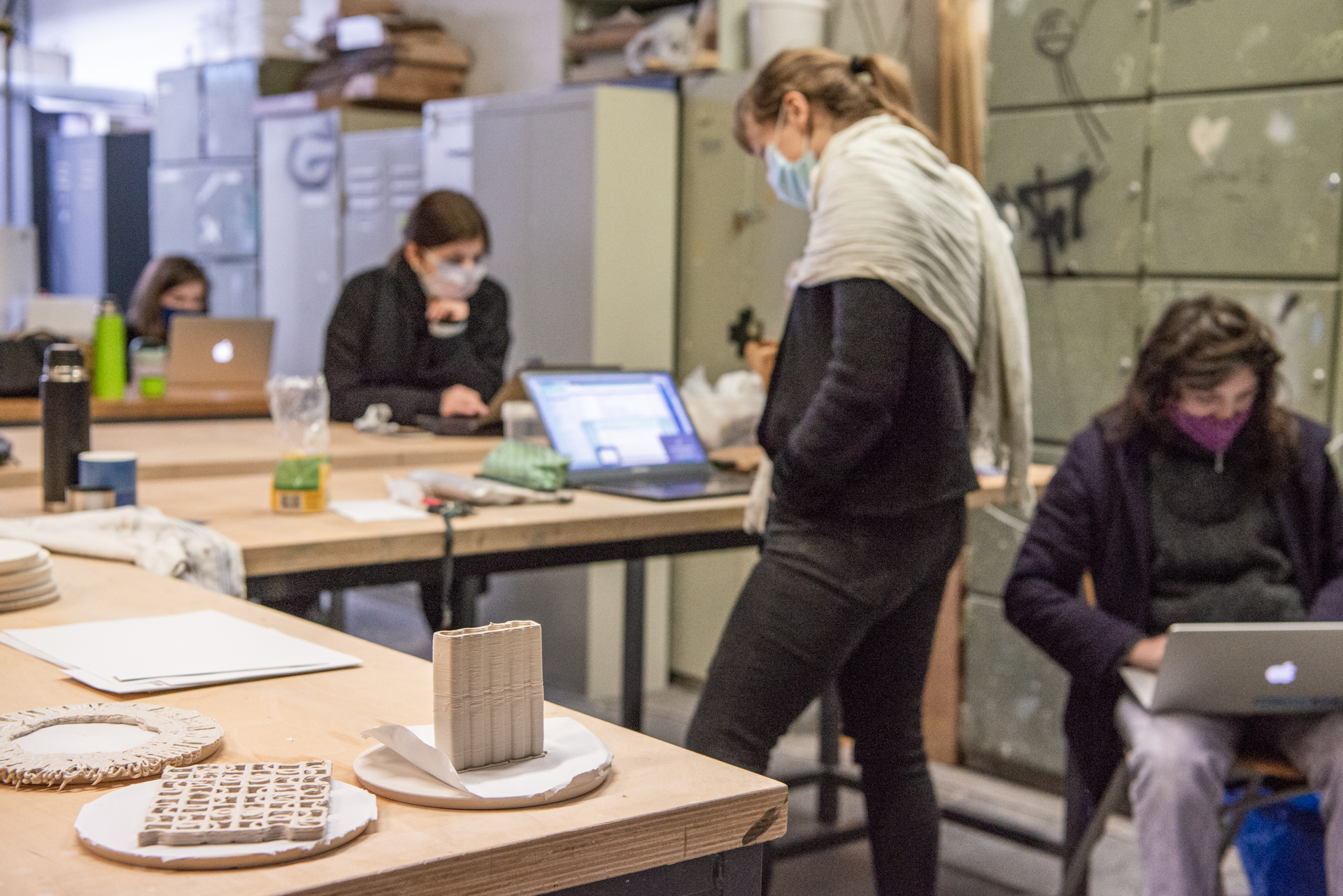
Ceramic 3D-Print Workshop
Alle Rechte vorbehalten Barbara Schmidt
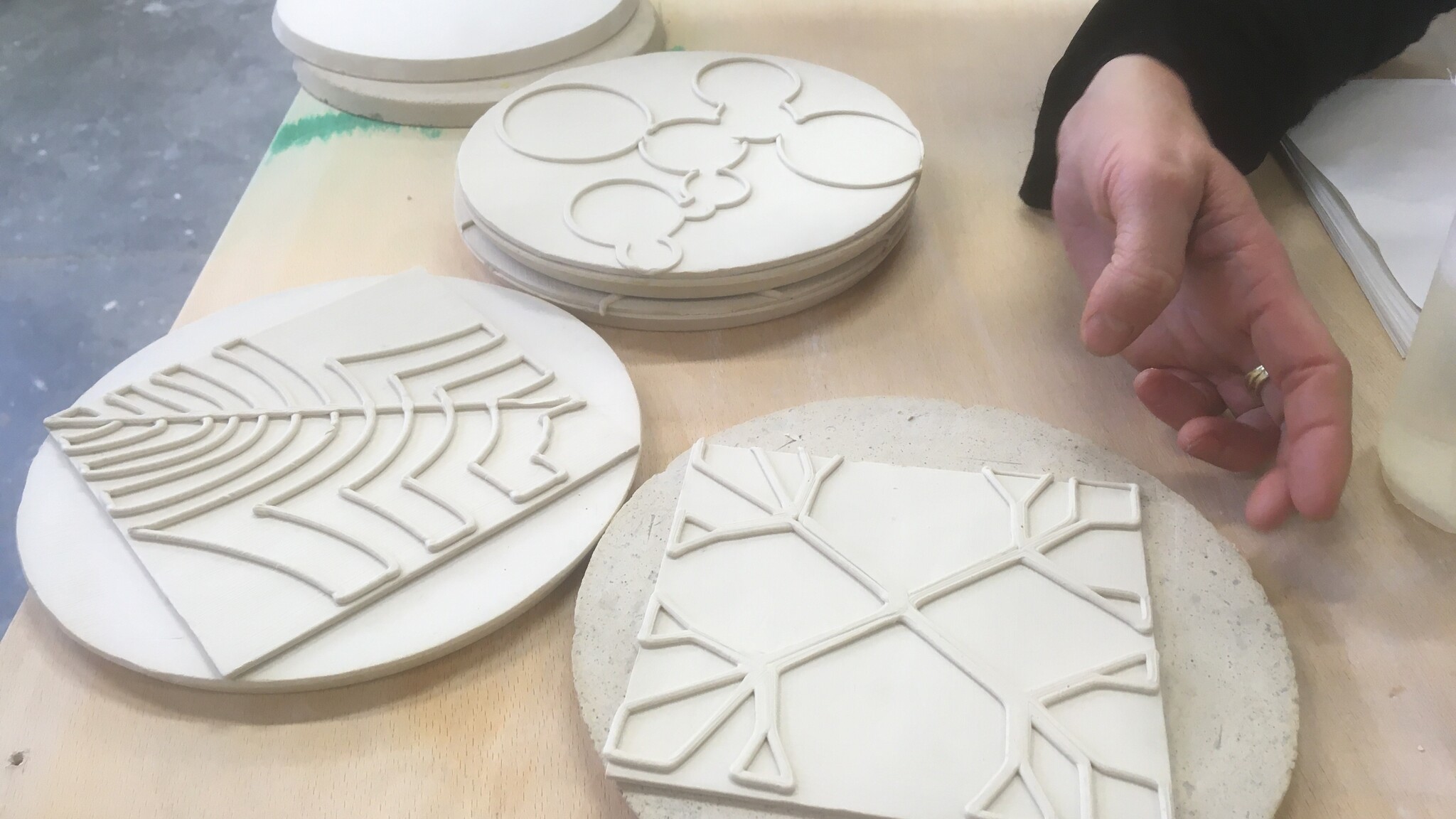
Ceramic 3D-Print
Alle Rechte vorbehalten Barbara Schmidt
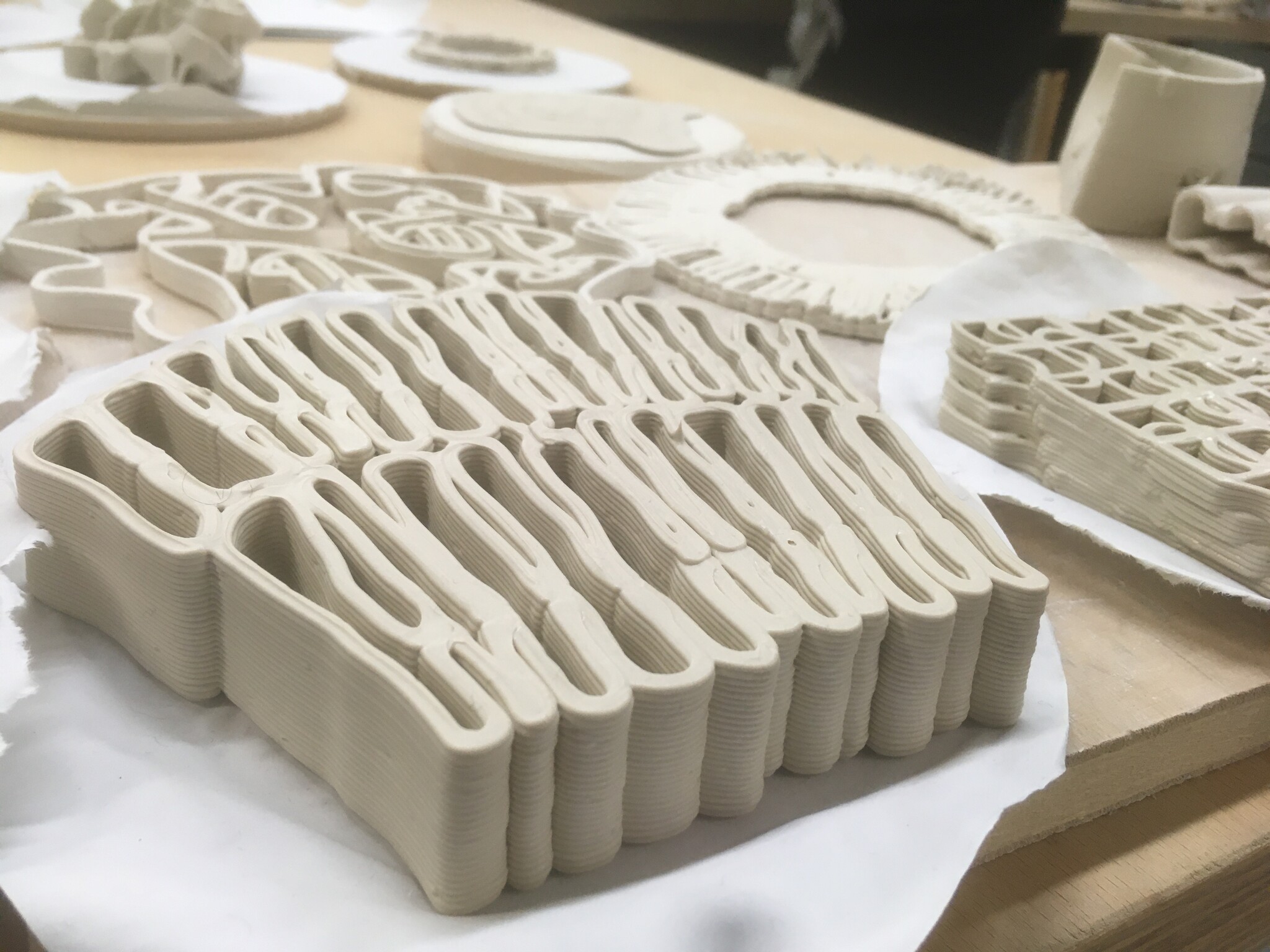
Ceramic 3D-Print
Alle Rechte vorbehalten Barbara Schmidt
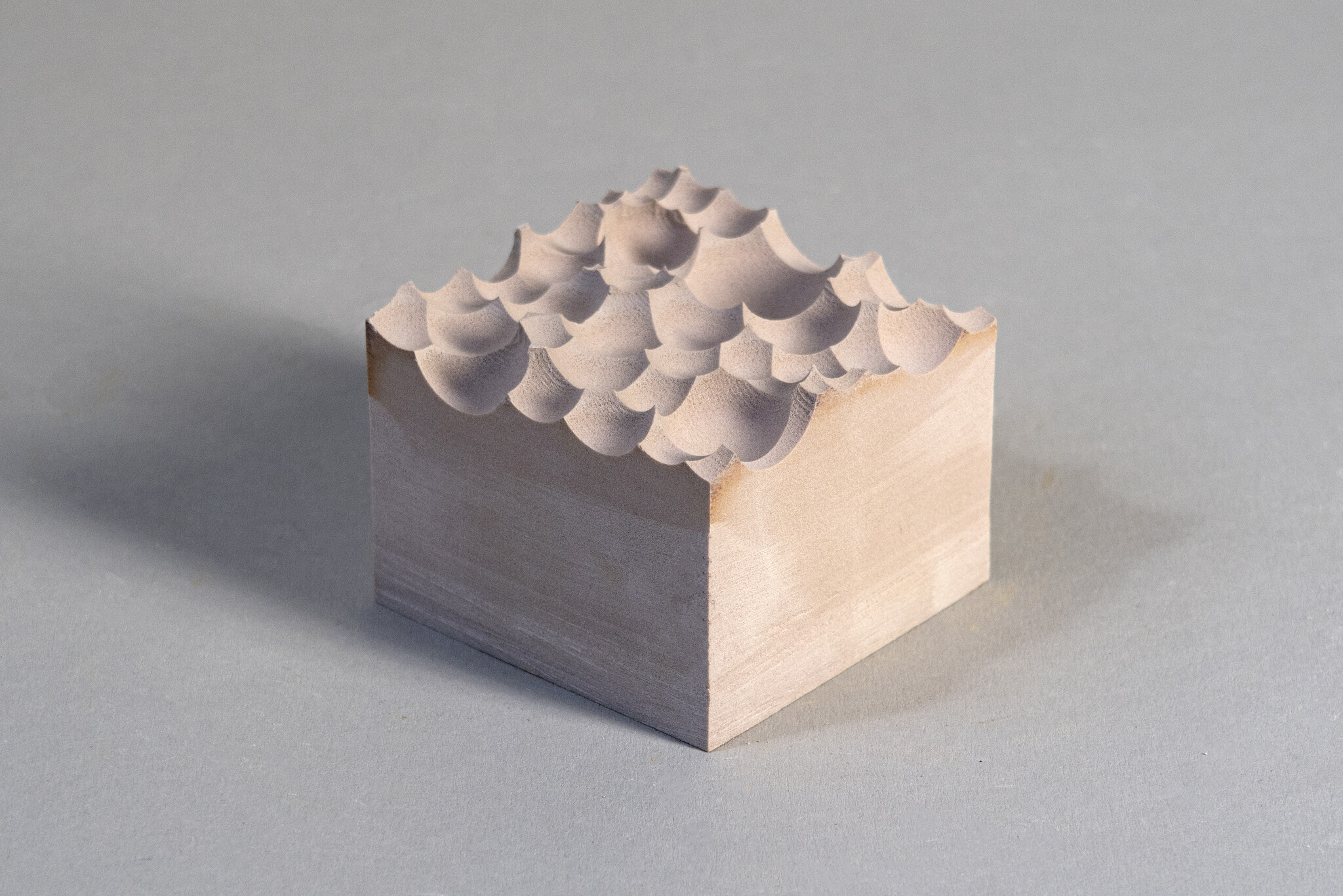
Alle Rechte vorbehalten Leopold Heimpel
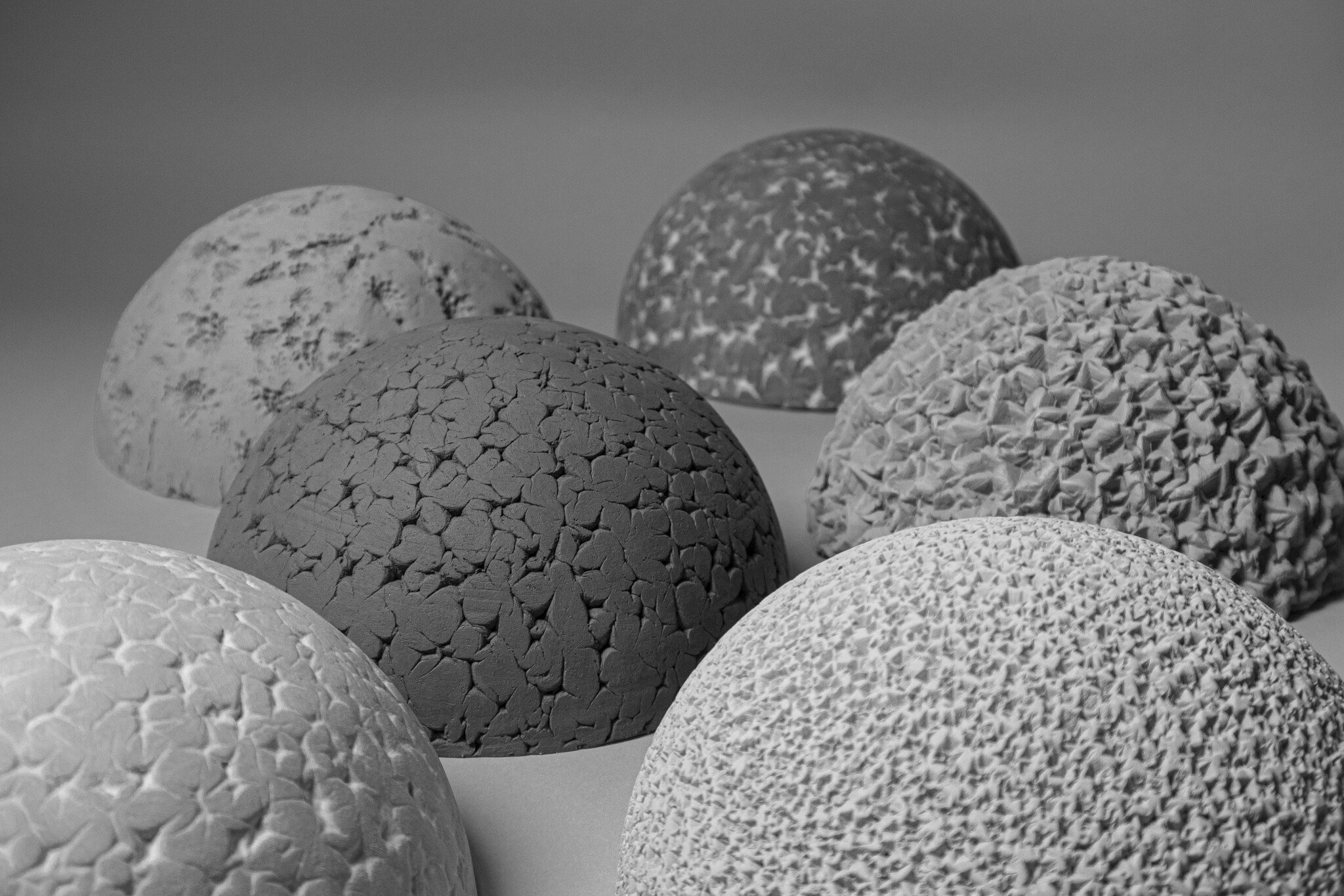
Alle Rechte vorbehalten Leopold Heimpel